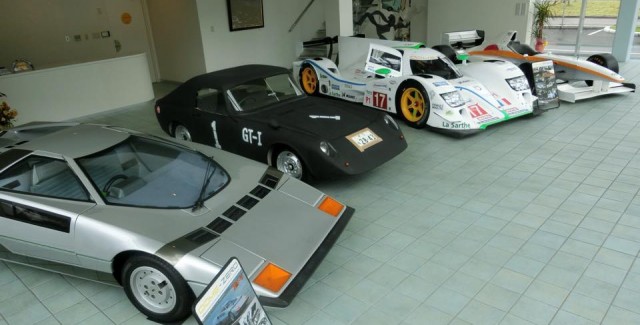
You might know Dome from its wild 1978 Zero concept car, but the firm dates back to 1965. Recently, Dome celebrated its 50th anniversary by recreating two of its very first cars. Based off of 1960s Honda S-Series roadsters, the Karasu and Macransa laid the groundwork for what would become one of Japan’s premier race car constructors.
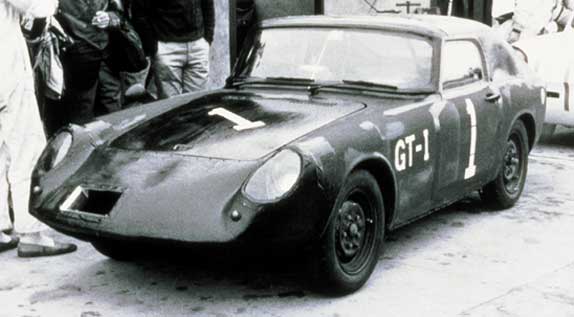
In 1965, Dome started when its founder Minoru Hayashi — cousin, incidentally, to Masakazu Hayashi of Hayashi Racing fame — was approached by a young Tojiro Ukiya. Ukiya, as some may know, would go on to become one of Japan’s most beloved race car drivers of the era, but at the time he had just bought a brand new Honda S600 and was eager to enter it in the second-ever Suzuka Clubman Race.
Ukiya wanted to convert his S600 roadster into a more aerodynamic GT shape without adding a lot of weight. Hayashi at the time was hugely passionate about the then-new technology of fiber-reinforced plastic, or FRP. Here’s Hayashi’s own words about the meager resources with which he had to build the race car. He was only 19 years old:
We had only ¥60,000 to spend (about US$170 at the then exchange rate), being about ¥200,000 to ¥300,000 today. Everybody was poor then, anyway. Since there was not much time left before the target race, we decided to focus on weight reduction and to aerodynamically improve the car’s shape (mainly drag reduction, for there was no concept of “downforce” in those days), and fabricate a hardtop with a nose cone and fastback styling. I, then at 19 years of age, started fabrication from nothing; no money, experience, factory, staff, or time. After much difficulty I ‘borrowed’ a garage from a friend to use as a workshop, but was soon kicked out due to the overpowering odor of FRP. I had no choice but to try to work on the bed of a borrowed truck. Finally, having nowhere else to go, I decided to work in my room, where I sanded down FRP using a sander, causing the resulting white powder to cover the paintings of my father, who was an artist. This led to us quarreling. Under such circumstances and through such a process, which was anything but “racing car development,” the car finally took shape the day before the race.
However, since the S600 and Hayashi’s FRP panels weren’t ever in the same room until race day, they didn’t fit snugly. In order to bolt the panels on, Ukiya didn’t hesitate to pull out a drill and bore some holes right through the body of his brand new S600.



They barely made it to the race in time, but the fiberglass body was rough looking to say the least. It was Hirotoshi Honda, son of Soichiro Honda and founder of Mugen, who suggested they paint it flat black, to emulate the glare-resistant finish of a fighter plane. Hayashi whipped out the paintbrushes and the Karasu — “crow” in Japanese — was born.
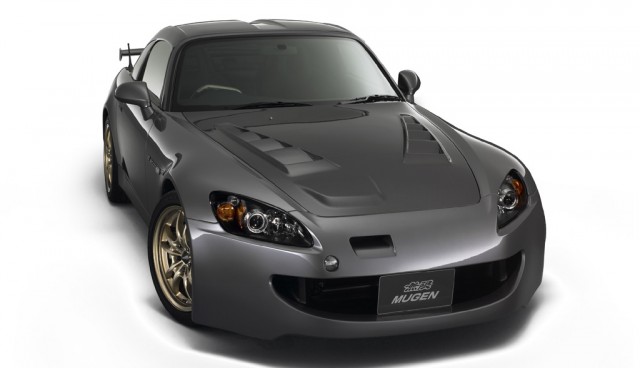
Ukiya then won the Karasu’s very first race. Later that year, he caught his big break in a Toyota Sports 800 at Funabashi Circuit, a performance that made him one of Japan’s most beloved race car drivers. Tragically, before the end of the year his life would be cut short at the age of 25 during another race at Suzuka. Decades later, when Honda decided to revive the S-Series name with a roadster for the new millennium, Mugen’s tuning kit looked very Karasu-like.


By 1966, Honda had debuted a more powerful roadster, the S800. Hayashi wanted to build a true FRP monocoque race car around its 10,000 rpm engine, but his continuous lack of funds resulted in another mishap:
I fabricated a center monocoque section constructed of a polyurethane-foam-injected honeycomb FRP twin tube frame. However, while I was devoting all my time to working part-time as I ran out of money, the monocoque, being left out in the open due to lack of storage place, became miserably deformed.
Hayashi ended up using the S800’s frame, and named the resulting car the Macransa Tojiro III, after his dearly departed friend. He even supercharged it, but an issue with the belt forced a retirement at its first race.
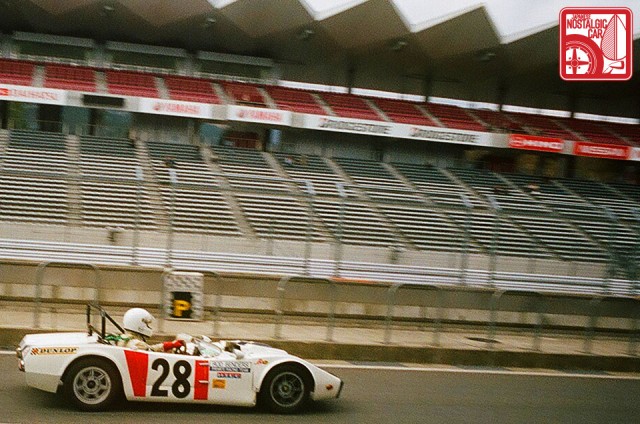
Dome sold Macransa kits to home tuners, and some of them still race today. Skorj spotted one at the 2012 Fuji Jamboree, racing against a Porsche 904 and Alpine M63.



The recent celebration in Kyoto introduced the two reborn race cars, but it had another purpose. After half a century at the helm, Minoru Hayashi is stepping down as president of Dome. The event was as much of an anniversary party as it was a retirement send-off. Hayashi-san will continue to be a Dome advisor, as the firm is still active in building everything from Le Mans prototypes to Super GT racers, but it will be with new CEO Takahashi Takuya leading the way. The event began a new chapter in Dome’s history, but also remembered the humble beginnings from which it became a leader in composite and race car engineering.
Photos courtesy of Dome Co. Ltd., Mugen. Fuji Jamboree photo by Skorj.


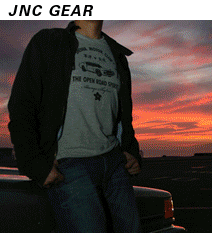
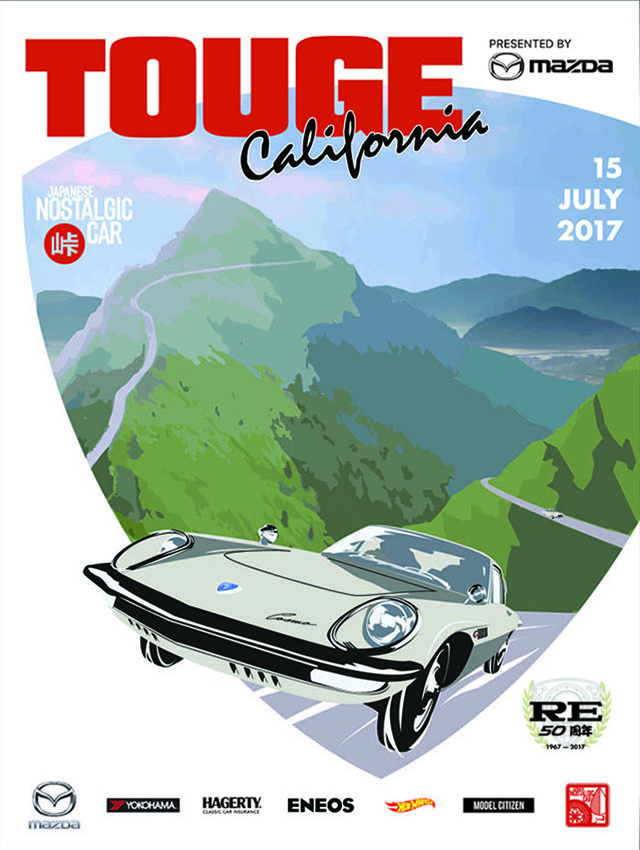


More articles like this please.
Just read it. Great article !!
“Hayashi ended up using the S800’s frame, and named the resulting car the Macransa Tojiro III, after his dearly departed friend. He even supercharged it, but an issue with the belt forced a retirement at its first race.”
What kind of supercharger ? where can we find engine specs ?